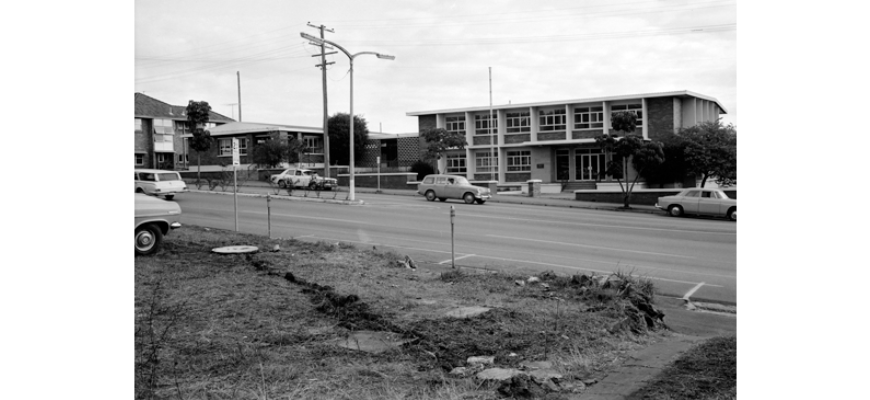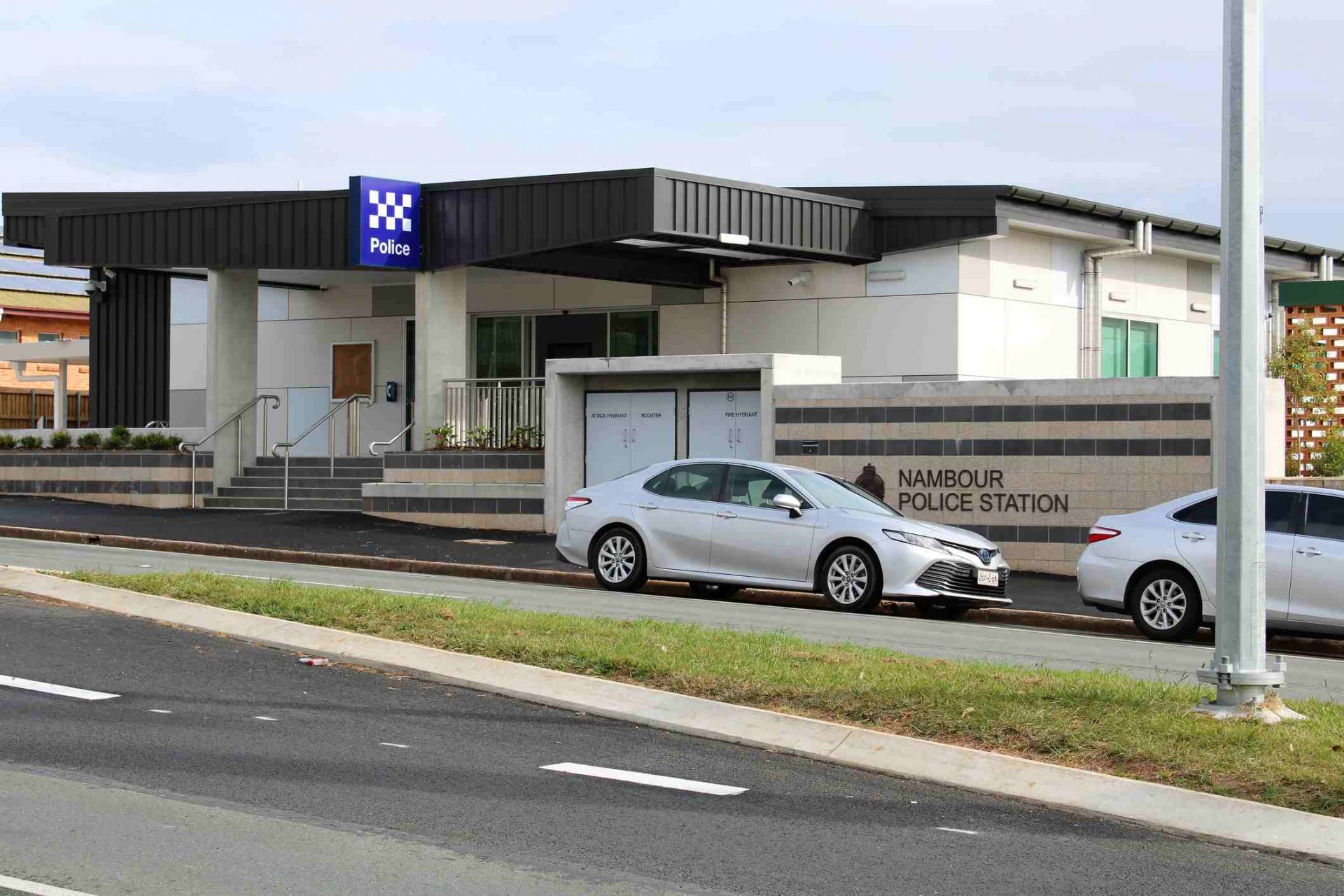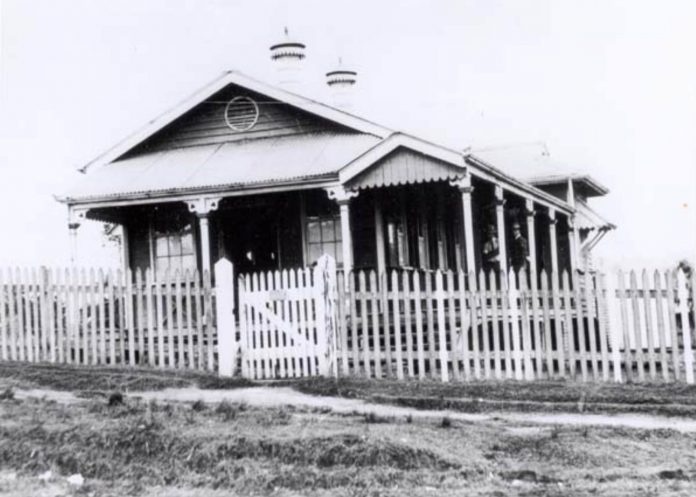Policing on the Sunshine Coast has come a long way since its humble beginnings with a gold escort (who transported precious materials to banks and mints) was stationed at Yandina in 1868.
The construction of rail links and tramlines required the presence of police to oversee camps in Eumundi in 1890, at Buderim tramline in 1914 and at Montville in 1915.
In 1874, a police station was established in Woombye, known as Cobb’s Camp. A courthouse followed in 1887.
A decade later, the government decided to relocate both to Nambour after much lobbying by residents. By that time Nambour had a bigger population and a sugar mill had been established.
The Nambour School of Arts was first used for court sessions until the Woombye courthouse was relocated in 1898.
The Moreton Mail reported the first cases before a Nambour Court convened in the School of Arts in May, 1897: Andrew Ball, an Aboriginal man, received a month’s jail in Brisbane for swearing in Currie Street; and a recently widowed woman with nine children was sued by the grocer and butcher for non-payment of goods.
In 1963, the courthouse was again on the move, this time to Petrie Park where it burned down in 1982.

From 1897, police business was conducted from a private residence in Currie Street until 1910, when a purpose-built police station was built.
It served until 1963 when it was replaced by a new police station and a new courthouse was also opened.
Another change saw a Police Station extension open in 2006 and used until 2022. The old wooden building of 1910 was removed to Petrie Park and, in 1997, it too burned down.
The lock-up, built in 1910 next to the police station, was relocated twice after 1963. It was first moved to the Burnside Scout Den and used as a storage shed. It was then relocated to a historic village in Pacific Paradise but has not been seen since.
Keith Carroll’s father was the Sergeant of Police in Nambour from 1935 to 1945. The family lived at the rear of the station.
Keith recalled the police lock-up or jail, being comprised of two separate cells separated by a common steel-lined hardwood wall.
Where the boards joined, one-and-a-half-inch steel bands were inserted when it was built in 1910. The lock-up was built to be escape proof.
The door on each cell was 3/8th solid steel with a small trap door/inspection door about face high on each. The only ventilation was via a small, barred window with no glass, set high in the rear wall.
Temporary inhabitants of the cells varied between those arrested for being drunk and disorderly, (some were local residents, some were members of the armed services) assault, vagrants, armed services AWOL personnel and internees.
There was an American Military Police unit stationed in the backyard of the Nambour Police Station for the duration of World War II, but it seems the only time the unit used the cells was for AWOL troops.

In July this year a multimillion-dollar new building was officially opened in Currie Street by Queensland Premier Annastacia Palaszczuk.
It now houses the 30 poice officers resourced with six marked police vehicles, two unmarked crime services vehicles and two forensic crash vehicles with drone capability.
It includes the Highway Patrol group, Sunshine Coast Forensic Crash Unit, Sunshine Coast District Criminal Investigation Branch, Sunshine Coast District Child Protection Investigation Unit and the Sunshine Coast District Intelligence Unit.
Audienne Blyth is a member of the Nambour Historical Museum, open Wednesday to Friday, 1pm-4pm and Saturday 10am-3pm. All welcome.





